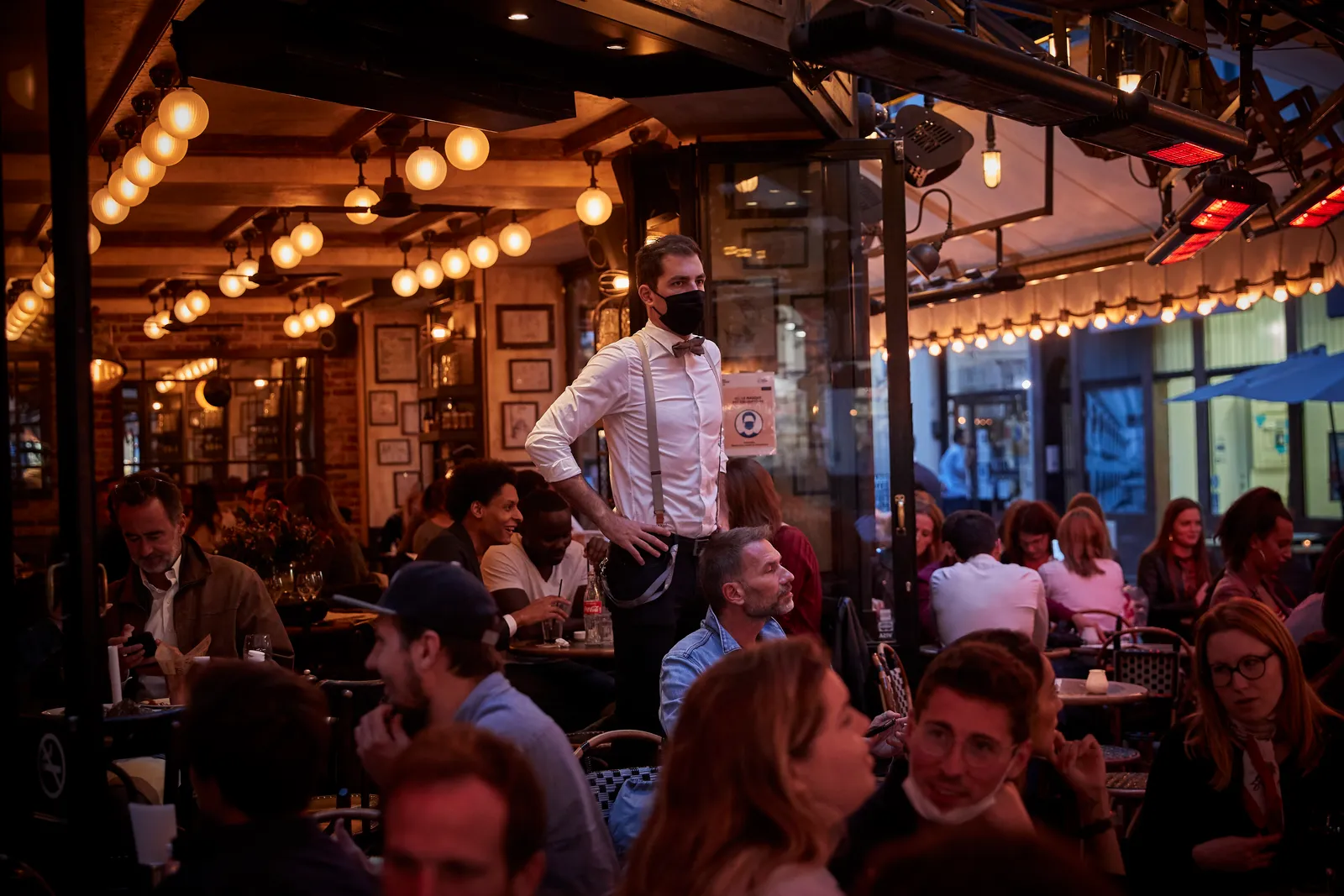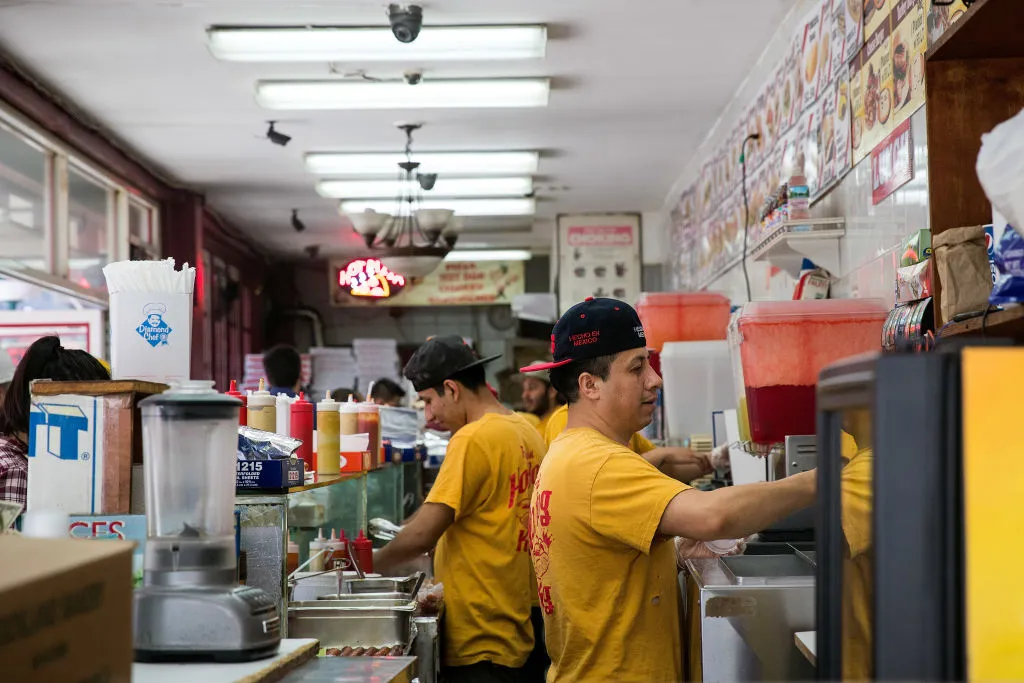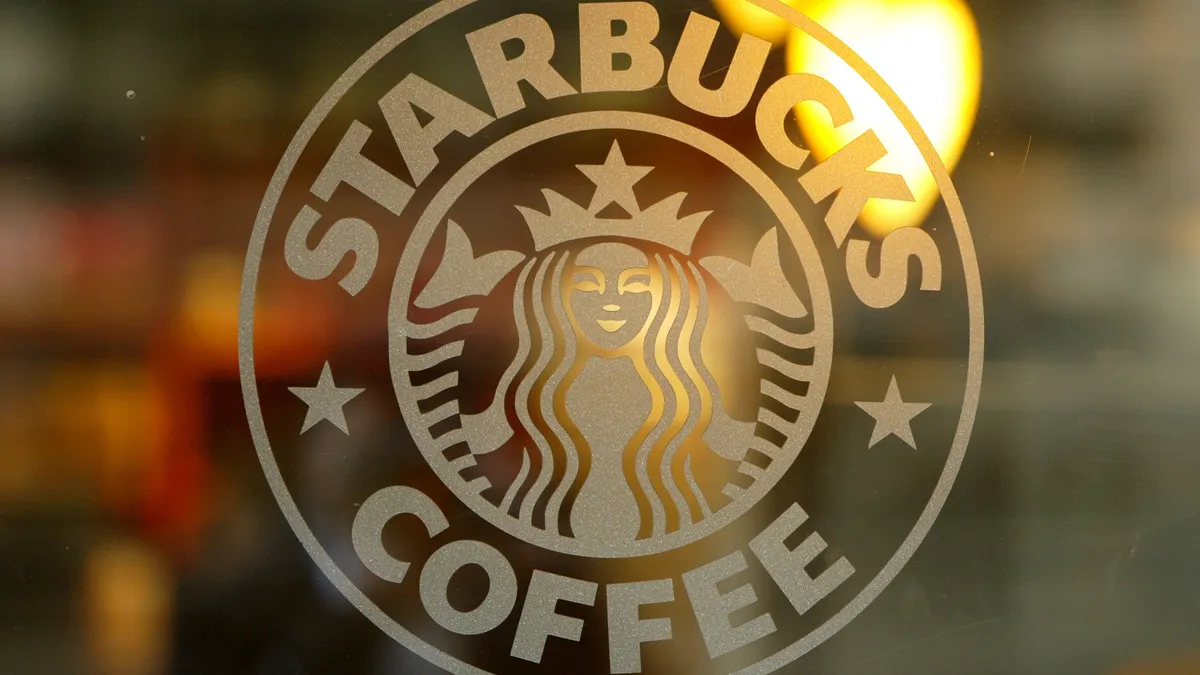After trimming worker hours and hiking menu prices to offset rising labor costs, many restaurants feel backed into a corner, labor experts said during a Restaurant Finance & Development Conference panel on Tuesday.
But the solution isn’t more cash for hiring, warned Luke Fryer, CEO of hospitality workforce management firm Harri. Even if a chain has the money to bolster its workforce, the tight labor market may not be able to deliver the number or type of workers a restaurant needs.
“We have a client partner with 700 locations that is opening 300 to 400 [new units] in the next 12 months — incredible growth," Fryer said. "There’s just not [enough] managers out there to be hired who are of appropriate quality. So they've got to home grow 60% of that talent base.”
The solution? Creating employee retention and development strategies that work at scale, experts said. The return on investment could be key to a restaurant’s success, as employees that leave during their first 90 days on the job account for 12% to 15% of labor costs at casual restaurants, Fryer said. That portion rises to 22% for limited-service restaurants.
“That is a huge margin opportunity,” he said.
Restaurants may have come to accept sky-high turnover rates over the past few years, but this status quo is becoming more costly, Snooze CEO David Birzon said. At Snooze, labor costs today are 70% higher than they were in 2018, for example.
“The reality is, if we could cut turnover to zero, we don't have a labor problem. We don't have a labor dollar problem. So, how do you connect with today's workforce? What is it that they want?” Birzon said. “It really is about leadership and development, and people want to feel like they work in a place where they're moving forward.”
Hiring new talent is significantly more expensive than retaining staff, Boshard said, pointing to a study by The Center of Hospitality Research at Cornell University that found the average frontline employee costs almost $5,900 to turn over.
“For most restaurants, that could end up costing around $150,000 [annually] in just turnover costs, in training new employees and getting them in the system and having store leadership walk them through the [company’s] process,” he said. “If you want to stop the bleeding and have your labor get in line, start focusing on your employees that are already in your system.”
Creating a work environment that encourages employees to put down roots is easier said than done, especially when operators are trying to keep spending in check. But if restaurants can identify talent, foster a culture of discipline and re-engineer labor practices to smooth operation wrinkles, they can reduce churn, panelists said.

Map the average growth cycle of employees to alleviate pain points
To futureproof for turnover, it’s crucial to understand the inner workings of a restaurant from a new employee’s point of view, said Josh Boshard, COO of private equity firm Savory Restaurant Fund.
“You start going through the process of sourcing, onboarding, hiring, scheduling, timekeeping,” he said. “All [employees] care about is that seamless system that allows them to understand what they need to be doing.”
Boshard named scheduling and the ability to easily switch shifts and plan for holiday time off, as top restaurant worker concerns.
“If you can put a system of scale around [scheduling], you are starting down the process of shaving labor,” he said. “It starts in the details, rather than just saying ‘financials are in for P12 and we need to shave 1% off labor.’ You’re never going to at that point. … It starts with systems of scale.”
To identify which elements of the employee experience could be most improved by company intervention — whether that’s worker-facing technology, training programs or opportunities for career advancement — restaurants need to map out the average growth cycle of their employees, Fryer said.
“We’ve all worked very hard to map out our customer’s journey. But the employee’s journey is [just] as important, and understanding how our hiring and day-to-day workforce management grows, develops and maintains our employees,” he said. “These things need to be seamlessly interconnected to drive enduring value.”
Technology can help crack the code of employee satisfaction, Fryer said. Restaurants can use data they are already collecting — such as tip frequency and amount at a particular employee’s table, as well as consumer satisfaction scores on reservations — to establish a pattern of worker behavior. That pattern could indicate how invested an employee is in their role.
“The final frontier is [figuring out] what the employees are really thinking about, and what can that help tell us about the short-term, future health of our business?” he said. “What is the correlation between employee sentiment and guest satisfaction … how does employee sentiment act as a leading indicator for revenue, for EBITDA?”
Operators can take the temperature of their staff the old-fashioned way, Birzon said, by working with them on the shop floor. Once a quarter, he works a full serving shift at one of his restaurants and asks questions like “What are the stupid things we’re making you do that you don’t like doing?”
This practice yields firsthand insight into systems and policies that may not be working efficiently, Birzon said.

Nurture early signs of leadership
Retaining managers may be the most challenging labor problem that restaurants face today, Fryer said. Establishing clear career paths and scheduling small incremental pay increases help, but it’s also important to recognize and celebrate good performance, he said.
“Turnover has increased from mid-to-high 30s [percentile] into the 50s [percentile] over the last couple of years,” he said. “The best leaders are getting very strategic about building a legacy,” he said.
Ensuring longevity can start with comparing the length of time an employee has spent at other jobs to how long they have worked at your restaurant, Boshard said.
“Did they have three years at this past restaurant … and they only [stayed] one year with us? Why? How is our system failing?” he said. “[But] you can also go back and say, ‘hey, they spent three years there and then they came to us and they’ve been with us for five years.’ That’s absolutely winning.”
Growing management talent in-house and keeping them happy can save a restaurant money and create a positive, trickle-down impact on store culture, the panelists agreed. That process starts early, Boshard said. He suggests that restaurant operators schedule frequent check-ins throughout a worker’s onboarding to mirror the kind of check-ins they would organically have with a personal hire, like the child of a friend.
“What did you do to ensure [a personal hire’s] success in your brand? You call and make sure your managers know that they’re going to be onboarded. … You text them on the first day and say, ‘How did it go?’”
Boshard said that once a hire has made it past the first 90 days on the job, it’s time to start thinking about how to grow them into a leadership position.
“[Do] the best you can to get them to that next level,” he said. But the development doesn’t stop there — if a manager is struggling, it’s more profitable to identify their weak spots and train them up than phase them out of that position, he said.
“If we get all these employees saying ‘This GM is horrible,’ we can go back and train that GM to be better. Instead of being punitive, we come in and help them become more because our internal talent is so important,” he said. “Say, ‘Let’s help you grow. Let’s help you become a leader.’”
To facilitate this development, it may be worth creating a specific corporate role to manage employee growth, Birzon said. Snooze hired a senior vice president of training and leadership whose “sole responsibility is to put in programs to develop our people at the hourly levels, at the management levels and even at our mothership, which is what we call our corporate office.”
“Great leaders build great teams, and that starts from the top down,” Birzon said.





















